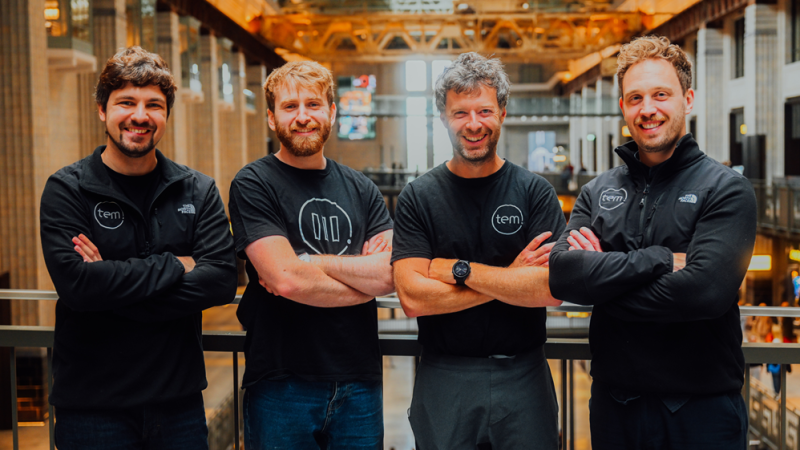They’re more than just an opportunity for team leaders to cascade information or for employees to present their progress. These gatherings are a pivotal moment for collaborative brainstorming, addressing challenges, and setting a course for the upcoming months. Therefore, striking the right balance between structure and flexibility is crucial to ensure these meetings are both engaging and effective.
Techniques and Tools
To break the monotony and enhance engagement, consider varying the format of your quarterly meetings. Instead of the usual PowerPoint presentations, why not incorporate interactive workshops, brainstorming sessions, or even group activities? These methods not only make the meetings more dynamic but also encourage participation from all team members, which is vital for generating diverse perspectives and innovative solutions.
Technology can also play a significant role in maximising team meetings. Utilising collaborative tools such as shared digital whiteboards or project management software can foster a more inclusive and productive environment. These platforms enable team members, regardless of their physical location, to contribute equally and keep track of the meeting’s progress and decisions made.
At times, inviting an external speaker, such as a renowned industry expert or a motivational speaker, can bring a fresh perspective to the team. This is where speaker bureaus, like Speakers Corner, become invaluable. They offer a wide range of speakers – from comedians and hosts to expert facilitators – suitable for both in-person and virtual events. When choosing a speaker, it’s essential to consider the current team dynamics and the objectives of your meeting. The right speaker can invigorate your team, provide new insights, and even challenge prevailing thought processes, leading to more innovative approaches in your projects.
Utilising Breakout Sessions for Deeper Engagement
One effective way to delve deeper into specific topics or issues is through breakout sessions. These smaller group discussions can be more focused and allow for more in-depth exploration of ideas. Breakout sessions are particularly useful when the team needs to tackle complex problems or brainstorm new initiatives. They provide a platform for quieter team members to share their thoughts in a less intimidating environment and can lead to more creative and innovative solutions.
To make these sessions productive, it’s important to have a clear objective for each group and a facilitator to guide the discussion. Afterwards, regrouping and sharing the outcomes with the entire team ensures that everyone is on the same page and has a clear understanding of the next steps.
Fostering Open Communication
A vital aspect of maximising the effectiveness of quarterly meetings is to cultivate an atmosphere of open communication. It’s essential that team members feel comfortable sharing their ideas, concerns, and feedback. This openness not only builds trust but also ensures that diverse viewpoints are heard and considered. One way to encourage this is by starting meetings with a round-table discussion, allowing each member to voice their thoughts on current projects or issues within the team. This practice not only gives everyone a voice but also helps in identifying potential problems or areas for improvement that may not be evident at first glance.
Additionally, incorporating anonymous feedback mechanisms can be beneficial. Tools like online surveys or suggestion boxes enable team members to express their opinions or concerns without the pressure of speaking up in a group setting. This method can uncover insights that might not surface in a standard meeting format and can guide the agenda for subsequent meetings.







